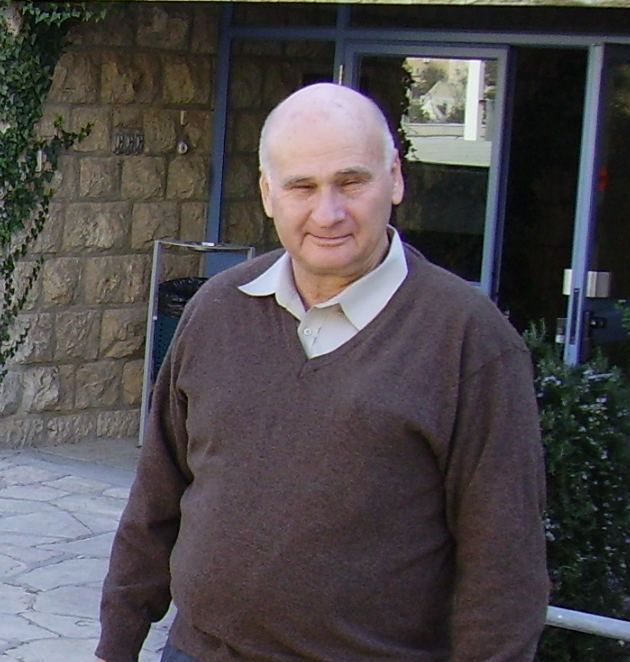Nationality Israeli Name Menachem Magidor Books On Large Cardinals Alma mater Hebrew University Doctoral advisor Azriel Levy | Institutions Hebrew University Residence Jerusalem Role Mathematician | |
 | ||
Similar People Moti Gitik, Saharon Shelah, Menachem Ben‑Sasson | ||
Can the continuum problem be solved menachem magidor
Menachem Magidor (born 1946) is an Israeli mathematician who specializes in mathematical logic, in particular set theory. He served as President of the Hebrew University of Jerusalem, was President of the Association for Symbolic Logic from 1996 to 1998, and is currently the President of the Division for Logic, Methodology and Philosophy of Science and Technology of the International Union for History and Philosophy of Science (DLMPST/IUHPS; 2016-2019). In 2016 he was elected a honorary foreign member of the American Academy of Arts and Sciences .
Contents
- Can the continuum problem be solved menachem magidor
- Exploring the Frontiers of Incompleteness Menachem Magidor
- Biography
- Mathematical theories
- Selected published works
- References

Exploring the Frontiers of Incompleteness: Menachem Magidor
Biography
Menachem Magidor was born in Petah Tikva on January 24, 1946. He received his Ph.D. in 1973 from the Hebrew University. His thesis, On Super Compact Cardinals, was written under the supervision of Azriel Lévy.
Mathematical theories
Magidor obtained several important consistency results on powers of singular cardinals substantially developing the method of forcing. He generalized the Prikry forcing in order to change the cofinality of a large cardinal to a predetermined regular cardinal. He proved that the least strongly compact cardinal can be equal to the least measurable cardinal or to the least supercompact cardinal (but not at the same time). Assuming consistency of huge cardinals he constructed models (1977) of set theory with first examples of nonregular ultrafilters over very small cardinals (related to the famous Guilmann Keisler problem concerning existence of nonregular ultrafilters), even with the example of jumping cardinality of ultrapowers. He proved consistent that
